Albert Hofmann
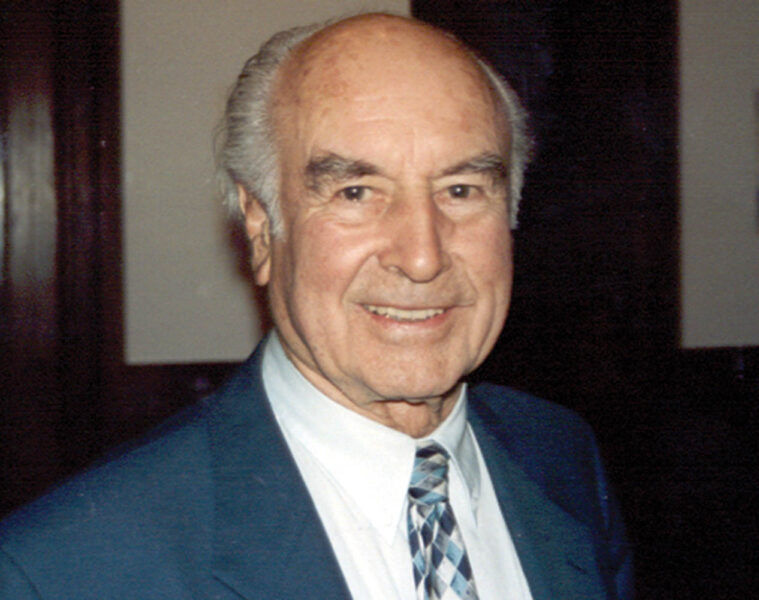
The Swiss chemist who first synthesized LSD while working with the ergot fungus in 1943. After purposefully taking a dose of acid, his historic afternoon bike ride has become a revered psychedelic holiday. The author of “LSD: My Problem Child,” Hofmann believed LSD could be used to increase society’s respect for our place in the natural world.
Maria Sabina
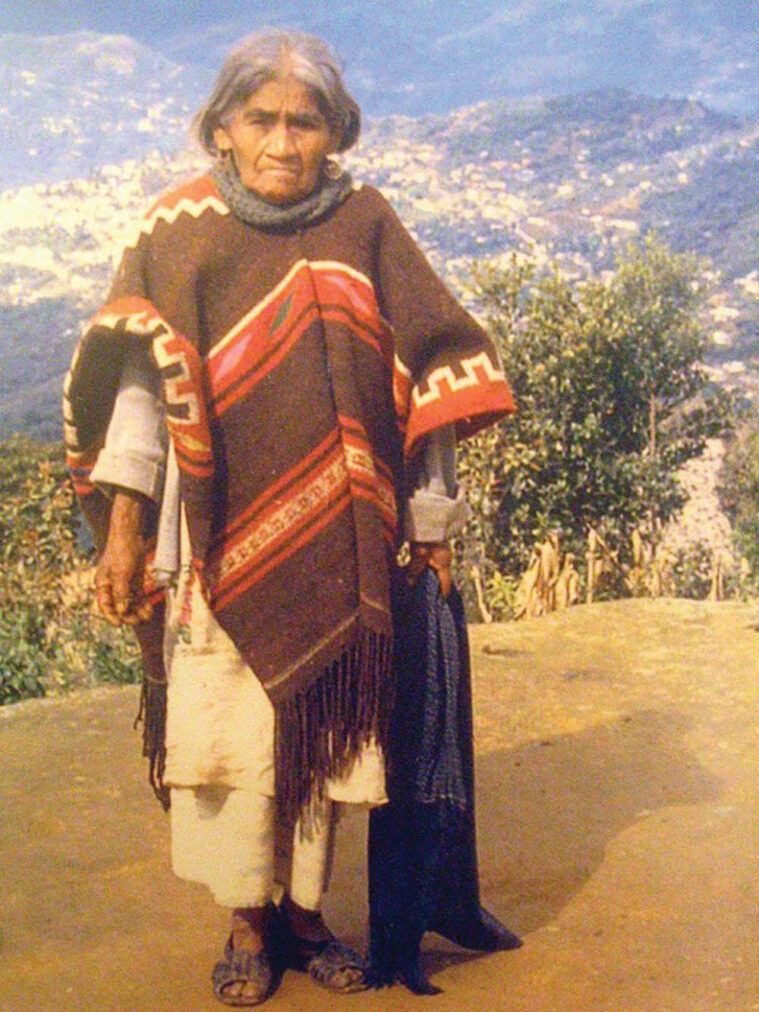
Posters of the famous mushroom shaman of Mexico still line windows in Oaxaca where Sabina lived until 1985. She famously used mushrooms – which she called “the children” – to cure sick members of her community and communicate with the divine. This ritual, or velada, was reported in LIFE magazine and was responsible for an explosion of interest in psilocybin research.
Aldous and Laura Huxley
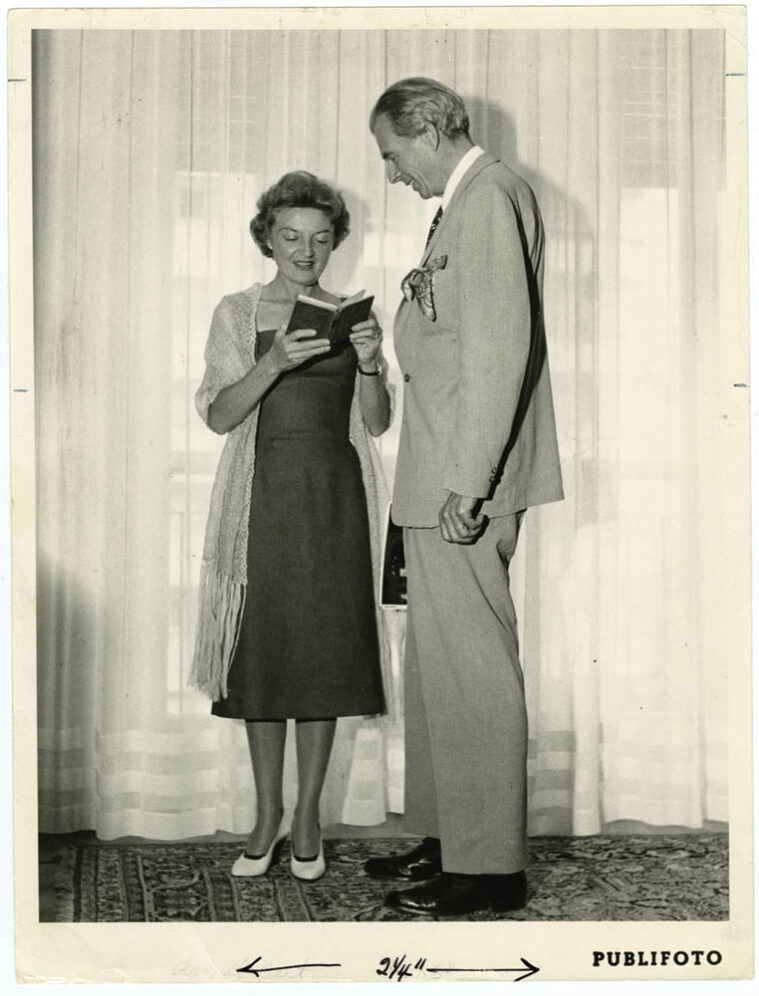
Authors of numerous cornerstones of psychedelic literature including “The Doors Of Perception,” “Islands” and “You Are Not The Target” – the Huxleys believed using psychedelics could unlock the secrets of the mind, and perhaps existence. Aldous believed psychedelics help us achieve a spiritual and philosophical experience that has benefits for everyone. Laura – a self-described “restrained investigator of LSD” – believed acid and mescaline could help you navigate the heavy jungles of the human mind. In 1963, she helped her husband pass peacefully, administering 100 micrograms of LSD to ease the journey.
Terrence McKenna
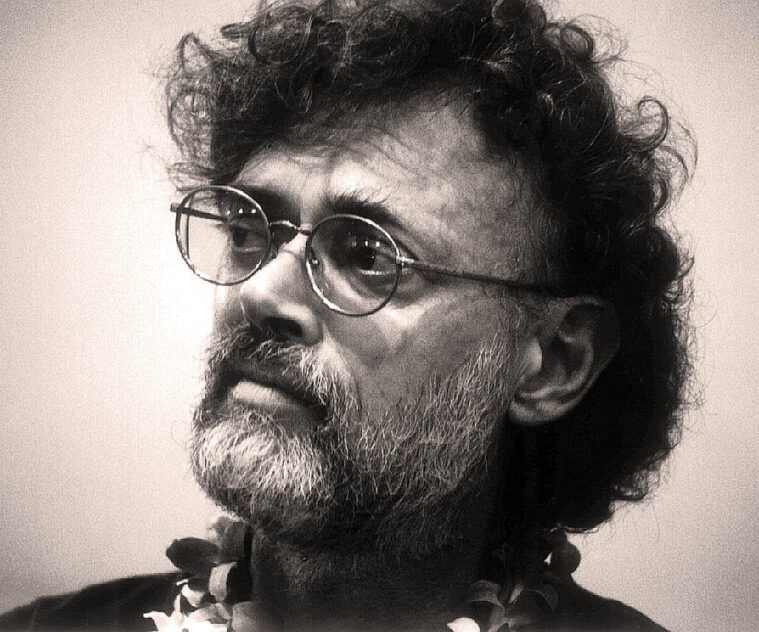
He’s been called a mystic, ethnobotanist, pioneer, and even “the Timothy Leary of the ‘90s.” Throughout McKenna’s travels in Jerusalem, Mexico and Nepal, he experimented using plant-based psychedelics to increase the spiritual connection to a combined consciousness. In 1976, he and his brother wrote “Psilocybin: Magic Mushroom Grower’s Guide” outlining spore cultivation techniques for the home enthusiast.
Timothy Leary
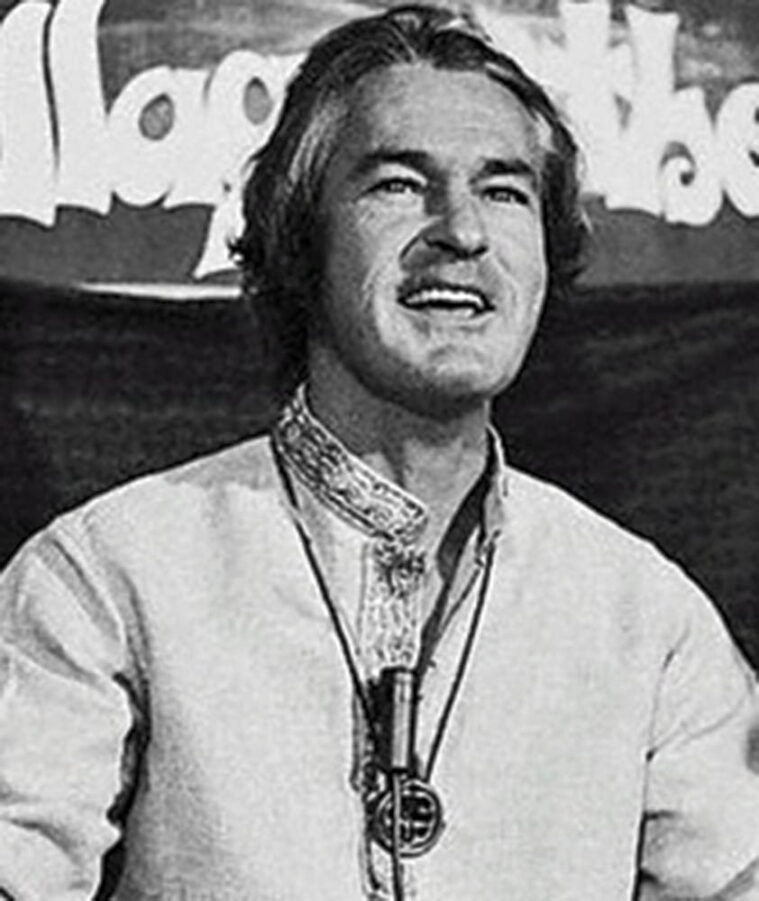
Referred to as the “father of the psychedelic movement” of the ’60s, Leary was a psychologist who studied psychedelics and personality at Berkeley and as a faculty member at Harvard. He inspired young people everywhere to experiment with acid. Famous for the phrase “tune in, turn on, drop out” – he co-founded the Harvard Psilocybin Project and the League for Spiritual Discovery. President Richard Nixon called him “the most dangerous man in America.”
Richard Alpert (Baba Ram Dass)
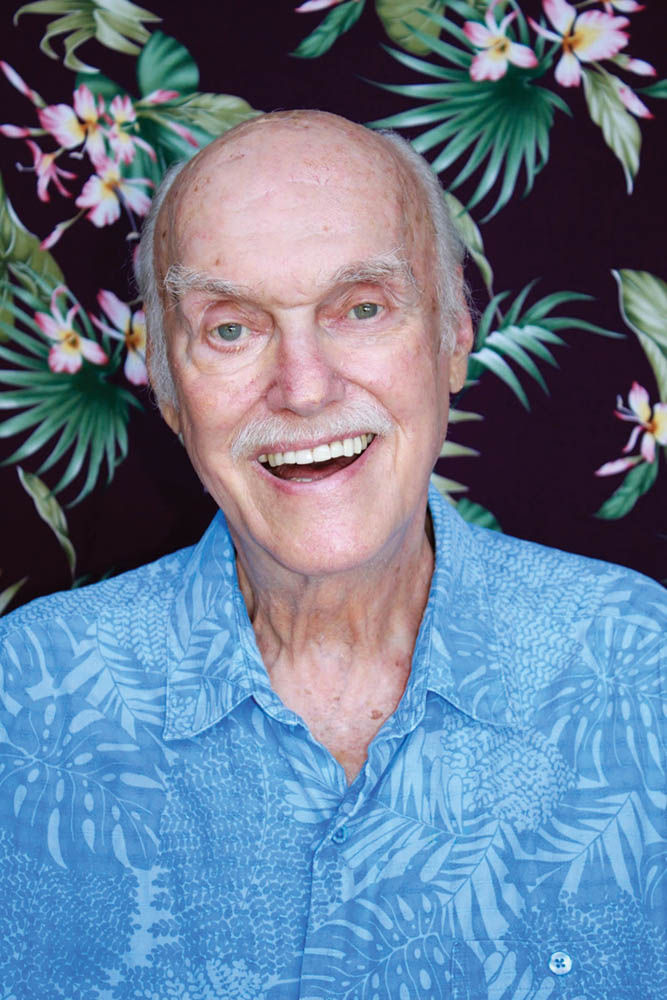
A researcher at Harvard who was fired in 1962 for giving psychedelics to his undergraduate students, Alpert worked with Timothy Leary to found the infamous Millbrook Commune –aka the League for Spiritual Discovery. Later, he’d journey to India and be renamed Baba Ram Dass by a guru, before returning to become a spiritual leader and write the influential book “Be Here Now.”
Ann and Alexander “Sasha” Shulgin
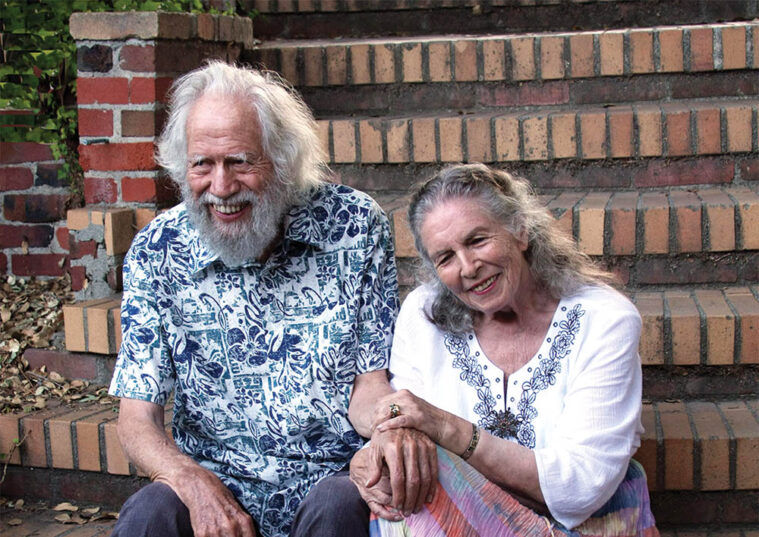
Together, this husband and wife team created and tested over 200 psychoactive compounds in their home laboratory. The process was documented in their 1991 book “Phenethylamines I Have Known and Loved” and its follow-up “Tryptamines I Have Known and Loved” – commonly referred to as “PiHKAL” and “TiHKAL.” While not the inventor, Alexander’s work introducing MDMA throughout the ‘70s and ‘90s earned him the nickname “The Godfather of Ecstacy.”
Hunter S. Thompson

Author, journalist and psychonaut who defined the literary style we now call “Gonzo.” Throughout his career, Thompson notoriously supplied the first psychedelic dose to influential artists, writers, actors … and even Hells Angels. He often used psychedelics to invite the unknown to write his next paragraph. “As for LSD, I highly recommend it. The feeling it produces is hard to describe. ‘Intensity’ is a fair word for it.”
Augustus Owsley Stanley, III
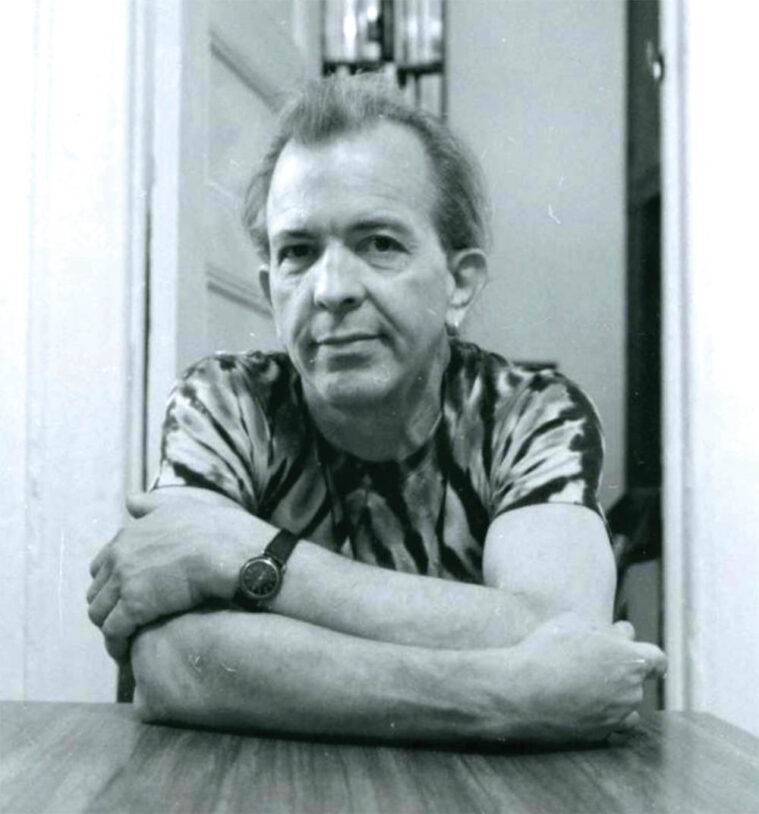
“Clandestine chemist” is the best way to describe this pivotal figure in the ‘60s psychedelic scene. It was his talent for manufacturing acid that helped iconify the Monterey Pop Festival and fueled the Merry Pranksters’ Acid Tests. The Oxford English dictionary defines Owsley as a noun for a particularly pure form of LSD.
Paul Stamets
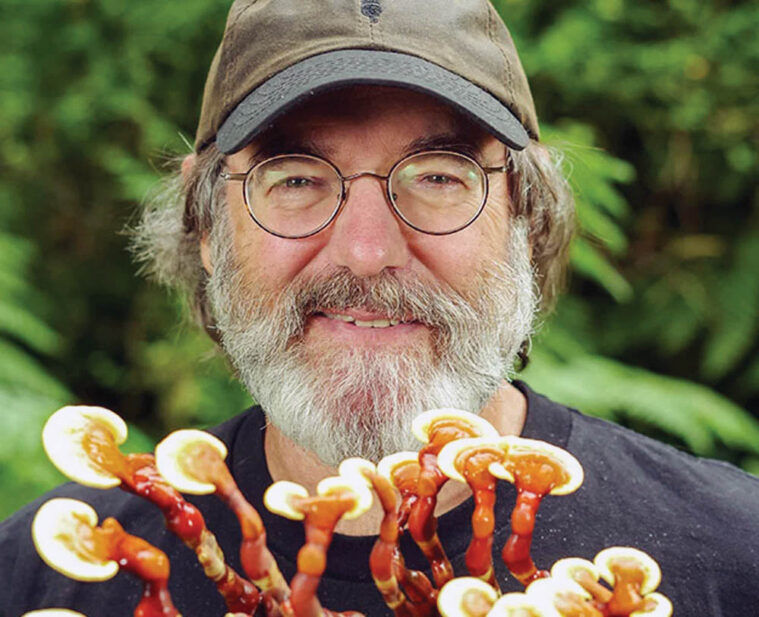
Over the last 40 years, Stamets has become one of the most famous mycologists of our time – spreading the message that mushrooms have the power to save the world. His stance that psilocybin mushrooms are a non-addictive, life-changing substance has helped him discover new types of hallucinogenic fungi and even inspired a character in “Star Trek.”
Alfred M. Hubbard
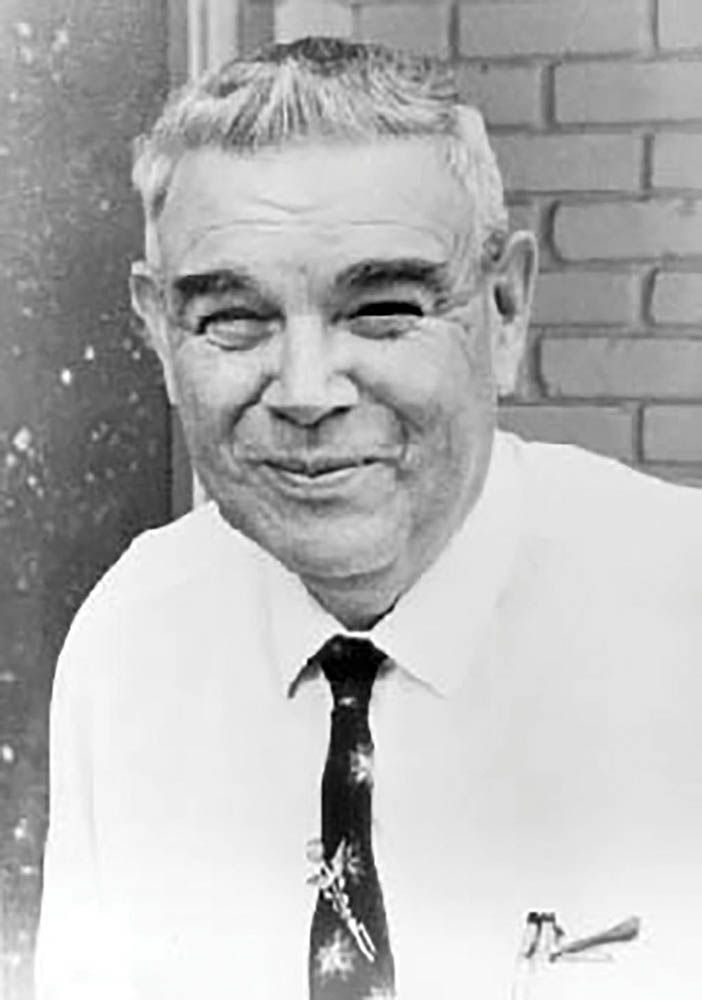
The Johnny Appleseed of LSD, it’s estimated that Hubbard dosed six thousand people between 1951-1966. Hubbard wanted to change the world by dosing influential and prominent figures in society. Using LSD he obtained from Hofmann himself, Hubbard preached the key importance of “set and setting” during an acid session and felt promoting psychedelic therapy was his angelic calling.
Ken Kesey
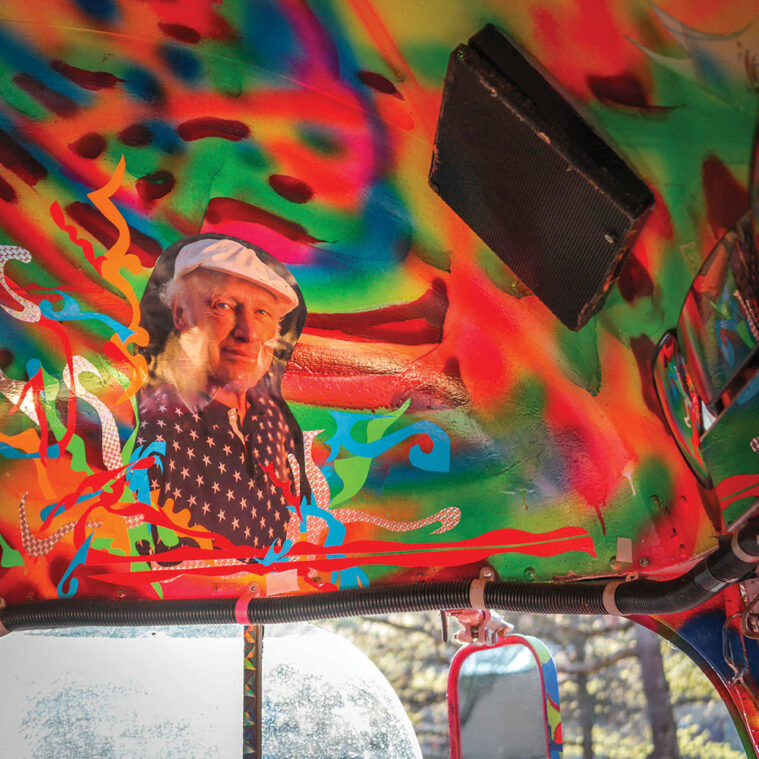
After volunteering in a 1959 government program that studied the effects of psilocybin, amphetamine, LSD and other psychoactive drugs, Kesey used the experience to write “One Flew Over The Cuckoo’s Nest.” With his group of Merry Pranksters, he sought to defy conformity and promote psychedelic discovery. Their exploits were documented in Tom Wolfe’s novel “The Electric Kool-Aid Acid Test.” (For more on Kesey and the Merry Pranksters, check out this month’s Cannthropology).









